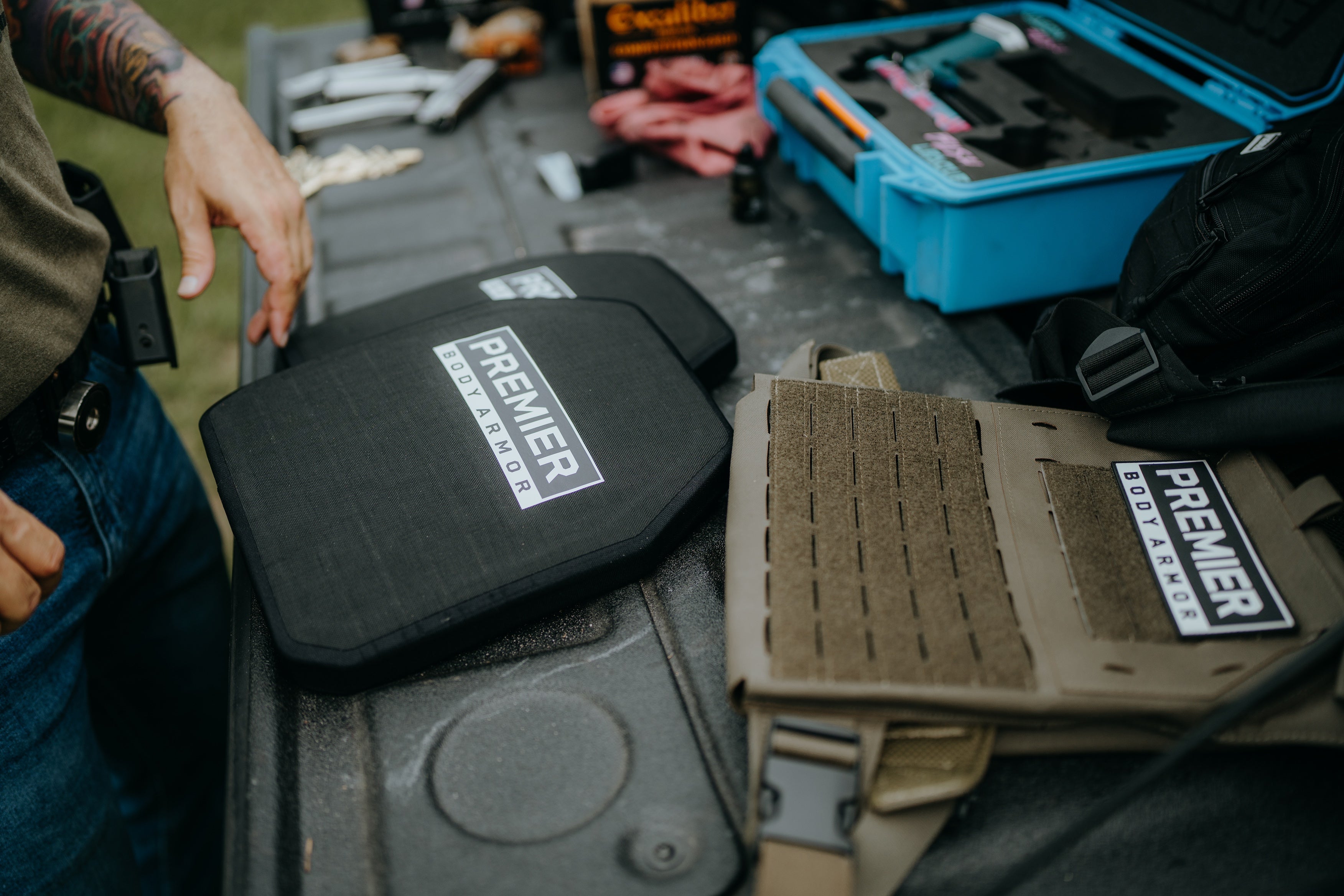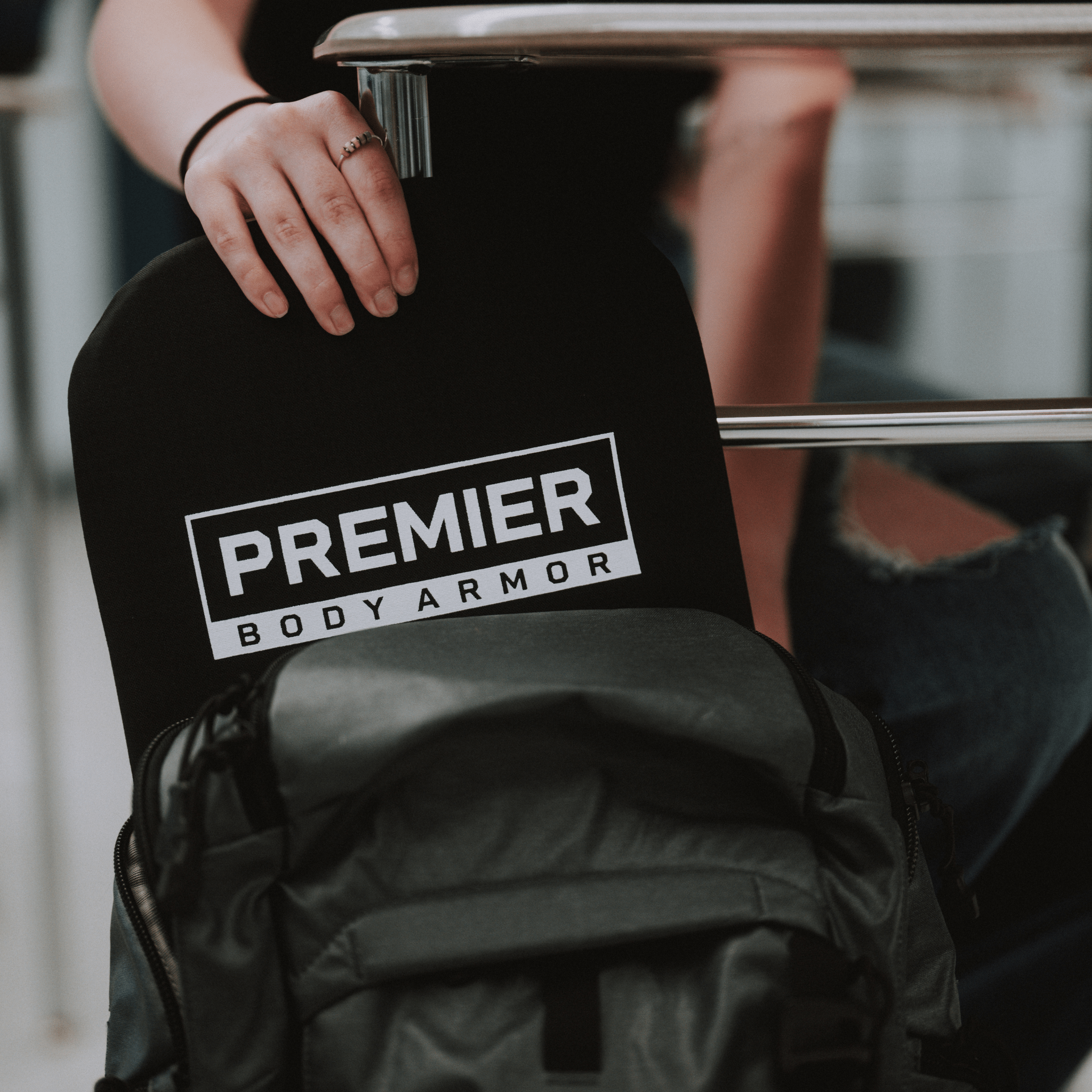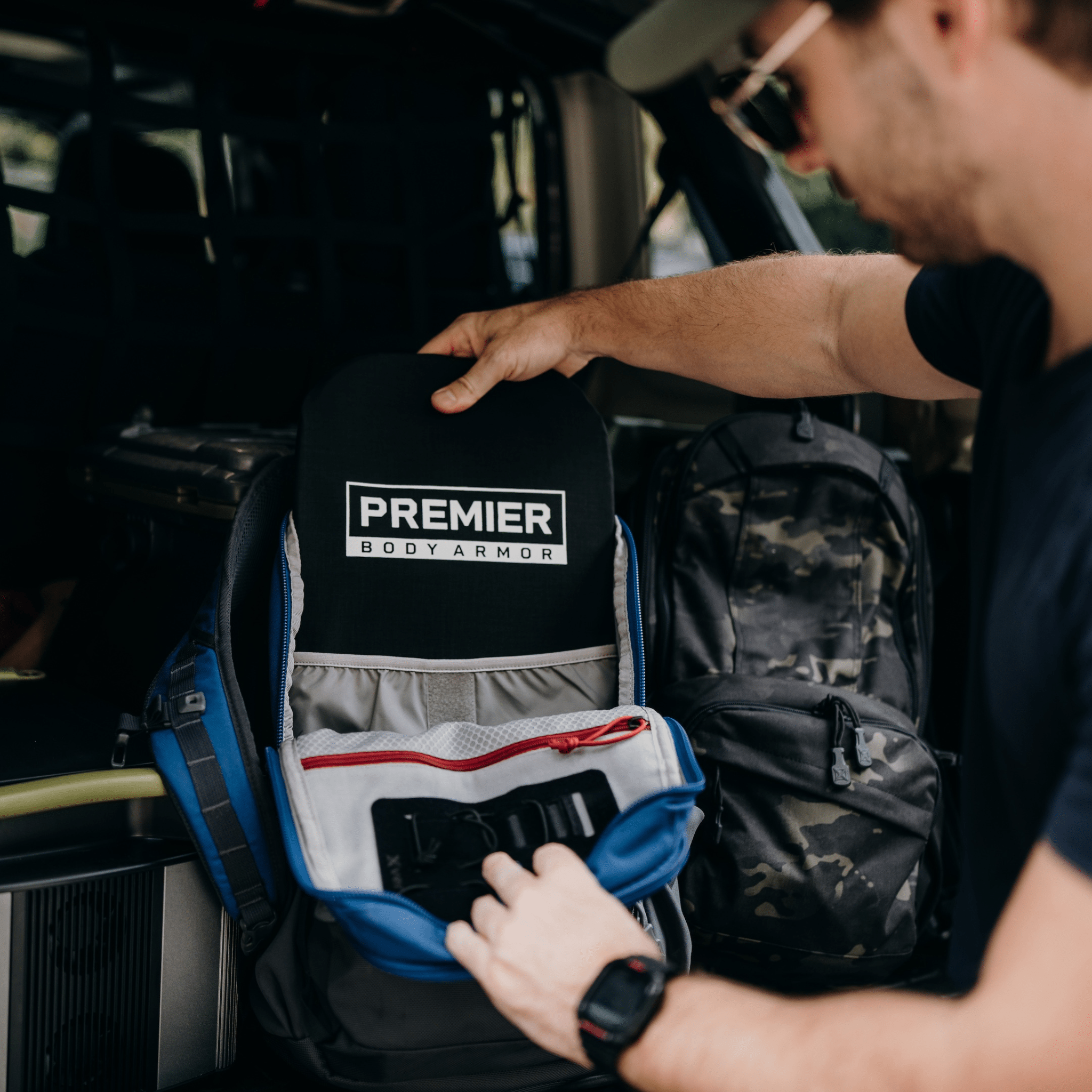Tips for Teaching First Aid Skills to Kids
Guest Blogger: Emily Johnson
As parents, the list of lessons we instill in our children is detailed and as lengthy as Santa’s naughty or nice list. We teach them how to look both ways before crossing the road, play nice with others, “stranger danger,” how to drive a car, and maybe even how to balance a checkbook (did I just date myself?)
There’s a lot more to it than that, but you get the idea. However, one key lesson is often left off that list. And it’s probably one of the most important things we can teach our children!
What is that lesson you ask? First aid. A lot of us, myself included, don’t really think about teaching our kids how to administer first aid in the event it is needed.

Instead, we teach ourselves. Until recently, I never considered the idea that my seven-year-old was actually capable of administering first aid. But I admit – I’ve been wrong.
That’s not to say that we completely miss the ball when it comes to teaching our children basic first aid. In fact, you’ve probably already checked off the first skill – learning how to call 911. But what happens when immediate action is needed to save lives and there is no time to delay? Here are four basic first aid skills you should teach your children.
4 First Aid Skills Your Children Need to Know Now
Now this list is certainly not exhaustive. I must start out with the caveat that I am not a trained medical professional, nor do I specialize in childhood behavior or development. My superhero power is simply that I am a mom. So, through research, here is a compiled list of some of the basic first aid skills that experts recommend teaching your children and it’s never too early to start!
1. How to Call 911
If your children are old enough to know their own number and address, they are old enough to know how to dial 911 for a medical emergency.
- Pre-program 911 into a phone or show them how to utilize the emergency services many newer phones are equipped with.
- Teach them what to tell the dispatcher, such as where they are and what is happening
- Teach them how to identify and describe key landmarks that will help the dispatcher identify their location should they not know where they are

2. How to Stop the Bleed
Stop the Bleed training is a national campaign to teach people what to do in the event someone is heavily bleeding from a wound. Bleeding control is not an easy subject to talk about, but this is particularly applicable in the unlikely event of a school shooting or violent incident. Sadly many fatalities are the result of bleeding out. Here are the four basic steps your children should know:
- The first step for prevention is to carry armor in your bag for ballistic protection
- The second step is to always carry a bleed control kit wherever you go
- Apply heavy pressure on the wound using provided medical supplies or even a t-shirt if none are available
- Call 911
- Elevate the wound above the heart if possible
- Keep the person calm and in a recovery position

Many parents, schools and businesses are starting to add bleed kits to their overall first aid kits on site. Single-purpose stop the bleed kits contain items specially selected to enable the untrained to stop or significantly slow the loss of blood at the point of injury, giving first responders time to arrive.

3. How to Administer CPR
An ABC News study showed that 86% of children (ages 9-18) could correctly administer CPR after proper training. The ability to administer CPR is greatly dependent on the child’s age and physical ability.
While I could list the steps to administering CPR, I have found that most experts recommend signing your children up for child-specific CPR lessons taught by a qualified professional to ensure they learn the proper way to conduct CPR based on their age and abilities. A quick Google search will bring up many local CPR classes for children.

4. How to Stop a Severe Allergy Attack
If you or anyone you know has a severe allergy to food, bees, or something else, you know how important it is to carry and administer an Epi-Pen. But what happens when you or someone else is unable to do so? Teaching children how to recognize a severe allergy attack, determine if an Epi-Pen is needed and administer one is an important step in teaching first aid to your children.

How to Teach First Aid to Your Children
Personally, I haven’t yet hit on all the important steps to teaching my child first aid. In fact, I wasn’t even really aware that I should be doing so at the age of seven until I sat down to write this blog. What I have done is teach my child how to dial 911 and that was from an extremely early age.
I posted 911, along with our address in big bold numbers on our refrigerator. When our local fire department held an open house, I made sure to attend. I wanted my son to be comfortable speaking to first responders. Let’s face it – to a youngster fully garbed firefighters and first responders can be a bit intimidating.
However, you choose to teach your children first aid skills, whether that be through conversation or role play or signing them up for a class, the key is to do it. Place an armor insert and bleed control kit in their backpack. While we hope they never have to use those skills, in the end they may just save a life.










Leave a comment